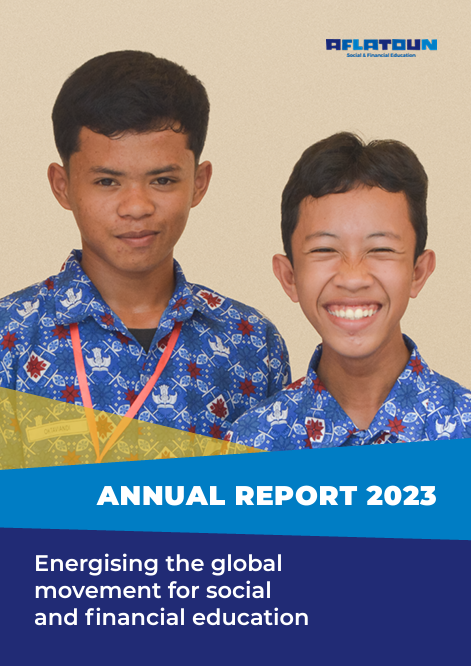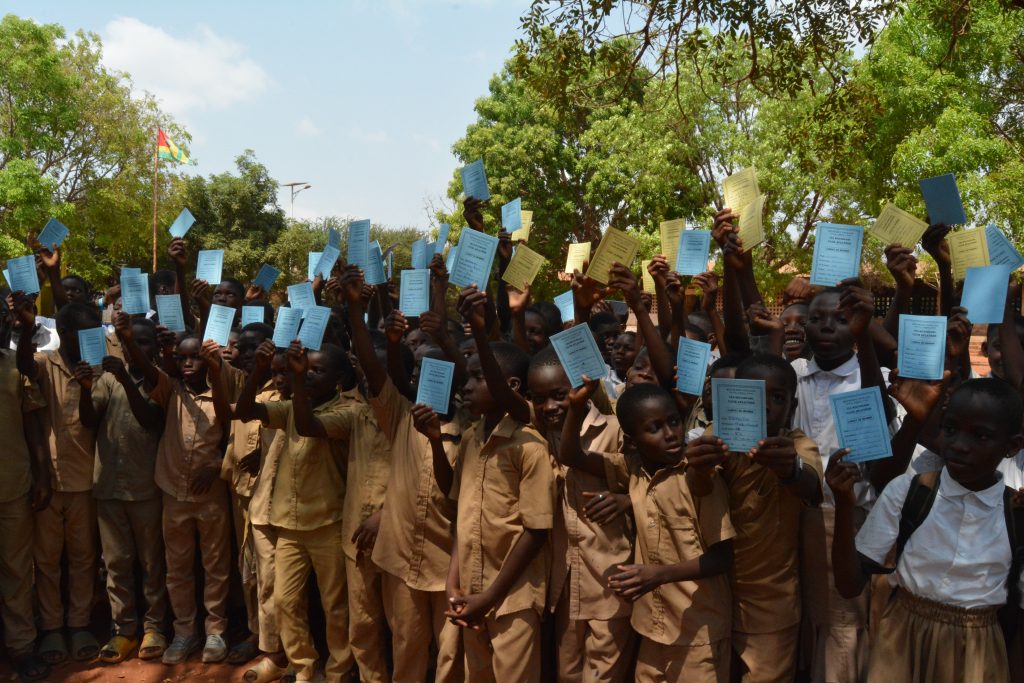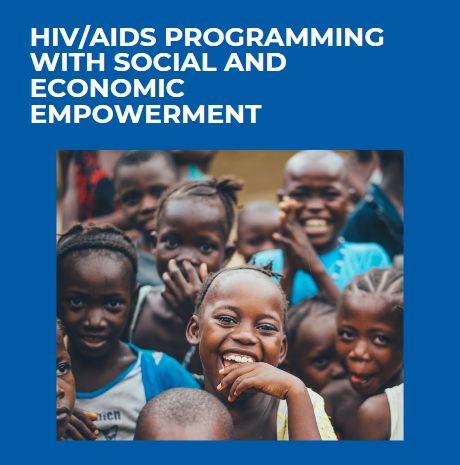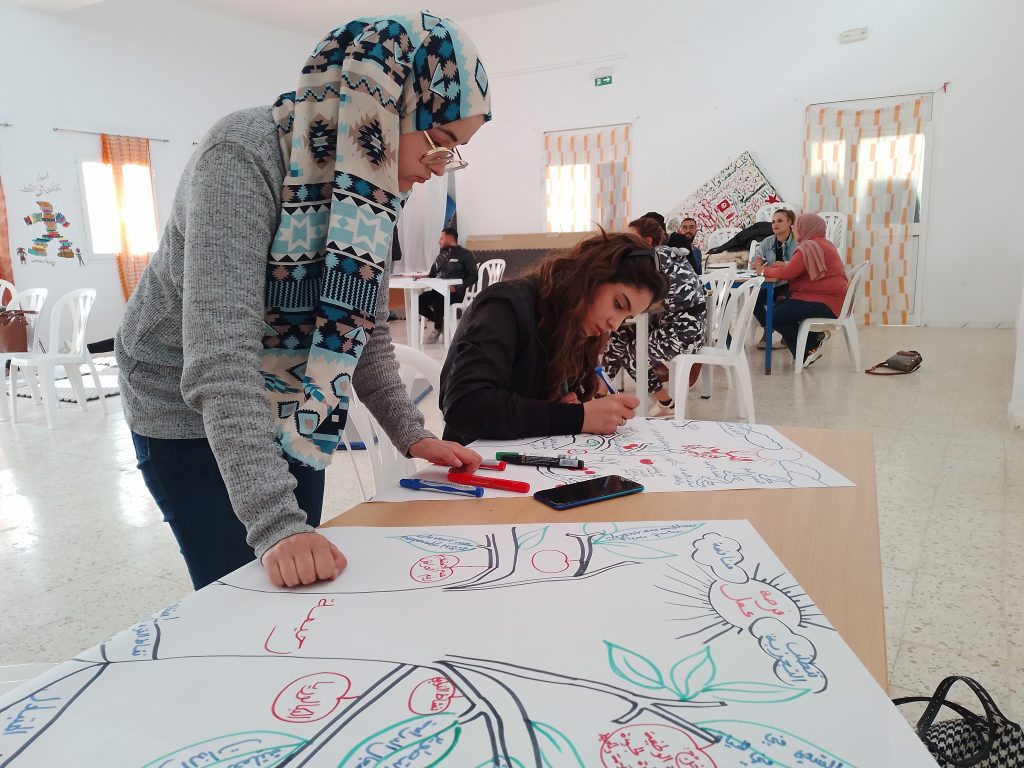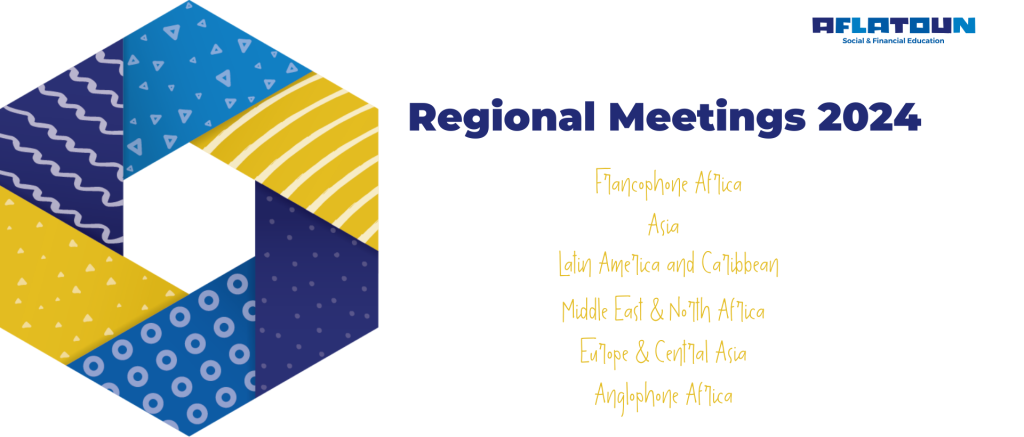As access to financial services increases globally, we are noticing an increasing gender gap. The vast majority (90%) of the world’s adolescents aged 10–19 live in low- and middle-income countries (LMICs); and in those resource-limited settings, girls face distinct challenges across multiple health, social, and economic domains. Gender equality and girls’ empowerment are key goals in their own right and are central to all other development goals. Digital and financial literacy is a great enabler for the empowerment of girls to achieve sustainable change. But how do we achieve digital and financial literacy to empower adolescent girls in low- and middle-Income countries? Developing and implementing educational programs to enhance girls’ access to financial services will boost their economic empowerment.
Despite the positive impact financial education can have on girls, there are still hurdles and other developmental challenges hindering girls in LMICs from benefiting from this opportunity. A recent paper by Aflatoun International identified cultural, socio-political, and other challenges. Policymakers and stakeholders in many countries have already acknowledged the need to address gender differences in financial literacy and have started developing targeted financial education initiatives. To date, a wide range of stakeholders in over 50 countries around the world have implemented financial education policies and initiatives addressing the needs of girls. These programs have demonstrated the proof of the concept: there is demand for financial education, it is feasible to deliver, and it is highly valued by girls.
Research papers have reported findings that financial education builds knowledge, skills, and attitudes around managing money – skills that adolescent girls can apply immediately and that, as a result of saving money, they are better protected and supported them as they enter the financial system. The paper by Aflatoun International, one of the partners in Credit Suisse’s Financial Education for Girls initiative, looked at the applicability of the same adolescent girls in peer-led financial education programmes. The findings narrate peer-led education as a valuable way to engage girls in financial education and that outcomes extend beyond promoting savings and beyond the adolescent years.
The paper’s findings analysed 20 different peer-led youth financial education programs targeting adolescent girls in 17 countries and revealed that peer-led youth financial education can be effective in promoting behavioural changes, and with the right design, it can be an effective delivery method for financial education, to girls in particular which can achieve financial inclusion and income-generating activities. Simple financial education messages at an early age can influence key life-cycle decisions and protect and support girls as they enter the financial world.
A series of key outcomes can be derived from the review. Gender considerations play an important role in the design, quality of implementation, scalability, and sustainability of the financial peer education programs. Furthermore, the role of parents, community elders, and other stakeholders is key in ensuring the successful implementation of the programs as it can strengthen processes of gender norm change.
The review also showed the necessity of engaging local and/or national governments, as well as involving adolescent girls who had completed the peer-led financial education program by making them facilitators or mentors. Peer-led programs of financial education have shown to be effective to increase the financial literacy of adolescent girls. Financial education is the glue between savings and social support and is a critical pillar of asset-building programs.
More research remains to be conducted to include experimental studies that compare peer financial education with non-peer financial education and provide evidence on whether the programs have an impact on the overall financial, health, and social well-being of young women.

